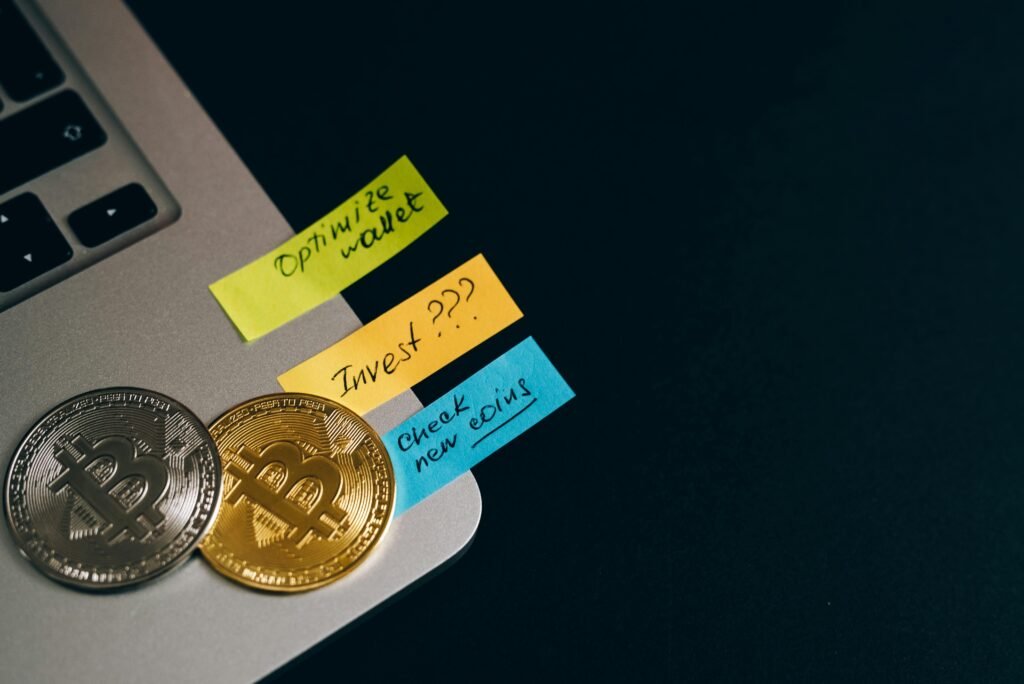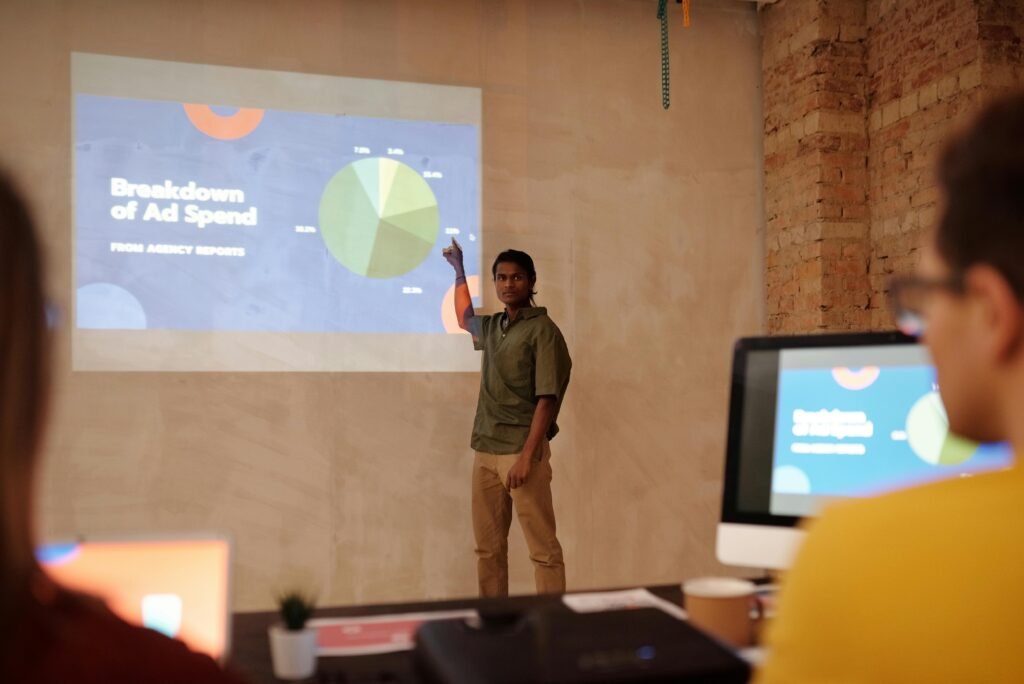“Ever felt like your savings goals are more ‘wishful thinking’ than reality? Yeah, that’s the pitfall of skipping risk assessments.”
Welcome to the ultimate guide on mastering Savings Goals Risk Assessments, tailored specifically for young savers navigating youth savings accounts. Today, we’re diving into why this overlooked step is the quiet powerhouse behind every successful financial journey.
If you’ve ever wondered why your savings seem stagnant or how to make smarter investment choices early on, this post has got you covered. Coming up, we’ll explore:
- The sneaky risks hiding in your savings strategy.
- A step-by-step guide to creating a solid risk assessment plan.
- Hacks and tips to bulletproof your financial goals.
Table of Contents
- Key Takeaways
- The Problem with Savings Goals
- Step-by-Step Risk Assessment Guide
- Best Practices for Youth Savings
- Real-World Success Stories
- FAQs About Savings Goals Risk Assessments
- Conclusion
Key Takeaways
- Risk assessments ensure your savings goals align with real-life scenarios.
- Youth savings accounts provide unique opportunities but require disciplined planning.
- Tailored strategies can help mitigate potential savings pitfalls.
The Problem with Savings Goals
Let’s get one thing straight: setting a goal without assessing risks is like building a house without checking the foundation—it’s destined to crumble.
Confession Time: Early in my journey, I saved $500 for an emergency fund (woohoo!) only to blow it all at a flash sale (thanks, FOMO). Lesson learned? Your savings must account not just for dreams but also for life’s curveballs.
Sounds familiar?

Fig 1: Life’s financial curveballs often derail unassessed savings plans.
Step-by-Step Risk Assessment Guide
No fear—this isn’t rocket science. Here’s how to craft foolproof savings goals risk assessments:
1. What Are My Realistic Risks?
Ask yourself:
- Can I handle sudden expenses like car repairs?
- What happens if interest rates drop?
Optimist You: “I’ve totally got this!”
Grumpy You: “Yeah, right—until rent spikes hit.”
2. Match Goals with Timelines
Short-term vs long-term matters! A vacation next year versus buying a house in five years demands drastically different strategies.

Fig 2: Mapping out your financial timelines ensures clarity.
3. Use Tools & Calculators
Platforms like Mint or Acorns offer calculators to stress-test your savings plan against inflation and market changes.
Best Practices for Youth Savings
Now that you know how to assess risks, here’s what else works:
- Diversify: Don’t put all eggs in one basket. Split between high-interest accounts, bonds, and even index funds.
- Automate Contributions: Set up automatic transfers so you don’t have to think twice about saving.
- Mentorship: Learn from adults who’ve been there—your parents, teachers, or mentors.
WARNING: Avoid “get rich quick” schemes—they’re terrible advice wrapped in shiny promises.
Real-World Success Stories
Meet Sarah, 24, who started her first youth savings account at 16. By consistently using a simple spreadsheet to track her risks and adapt goals, she’s now paid off student loans AND invested in stocks worth thousands.
“The risk assessments were annoying at first,” says Sarah, “but they saved me from making impulse decisions later.”
FAQs About Savings Goals Risk Assessments
1. Why Should I Do a Risk Assessment?
To avoid blindsiding yourself when emergencies arise—or when markets shift unexpectedly.
2. How Often Should I Update It?
At least once annually—or whenever significant life events occur (new job, moving cities).
3. Can Apps Help?
Absolutely. Check out apps like PocketGuard or Betterment—they simplify risk evaluation.
Conclusion
Savings goals without risk assessments are recipes for disaster—but armed with knowledge, tools, and a dash of self-awareness, young savers can conquer their finances. Remember, your future self will thank you!
Before signing off:
Savings grow slow, But steady wins the race, Chef's kiss to balance.
Like Y2K nostalgia—start small but aim big 💸✨


